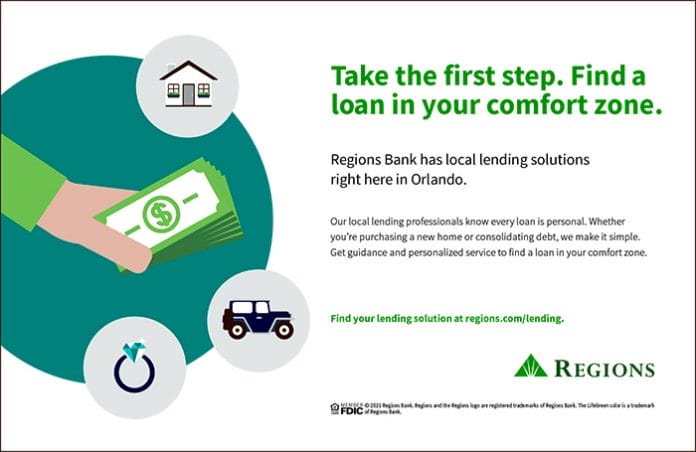America invests more than $65 billion in infrastructure every year, yet our roads and highways remain in surprisingly poor condition. To make matters worse, given the disrepair left by recent natural disasters, areas such as Harris County, Texas, need urgent attention to rebuild infrastructure affected by Hurricane Harvey. In fact, the Harris County Flood Control District has reported erosion, sinkholes, failed pipes, failed concrete and sloping as a result of the hurricane, with total damages amounting to more than $100 million.
The point is that we not only have long-term road and bridge development requirements, but an exceedingly urgent necessity to rebuild the U.S.’ infrastructure following extreme weather. Our nation’s investment in concrete — specifically, precast concrete — is more critical than ever to ensure the country’s infrastructure welfare is safeguarded.
Let’s take a look at how integral the concrete industry is to the U.S.’ infrastructural health — both in the future and the immediate present — as well as the various types of concrete and other building materials available today.
Concrete — What’s the Situation?
Besides water, concrete is the most widely consumed material on our planet. It’s one of the cheapest, most available and durable building materials we have, and the vast majority of the world’s infrastructure is concrete-based. What’s not to love?
Well, cement, an ingredient in concrete, is one of the biggest polluters of our era. Cement is responsible for 5 percent of our global anthropogenic CO2, making cement production the second-highest-ranking industry for its release of this gas. The irony is that atmospheric CO2 is also one of the most significant causes of corrosion of reinforcement in our infrastructure, and the rising temperatures associated with greenhouse gas emissions exacerbate this corrosion.
But concrete’s still in our lives for a reason, and we are making improvements to the process of concrete production that may not only improve its sustainability, but also maximize its advantages. Furthermore, its existing features do go some way to mitigate concrete’s carbon footprint and make it the best possible option for rebuilding our infrastructure in the U.S.
 What Is Precast Concrete?
What Is Precast Concrete?
Standard concrete is poured into site-specific forms and left to cure on the site of a construction project. In contrast, precast concrete relies on casting concrete into a reusable mold, which dries in a controlled environment before getting transported to the construction site and placed appropriately.
Precast Concrete Is Resource-Efficient
Concrete’s main ingredients — water, combined with sand, stone or gravel — contribute 90 percent of its constitution, and individually, the respective journeys of sourcing and combining these components require surprisingly little energy. Cement, which accounts for 10 percent of concrete’s composition, is also the ingredient that contributes all the CO2 to our environment.
Precast Concrete Makes for Energy-Efficient Buildings
LEED certification for construction has given us a renewed hope of rebuilding our infrastructure efficiently, and concrete allows that. Concrete building processes often see the incorporation of insulation and minimal air infiltration, which make projects more energy-efficient.
Moreover, concrete can incorporate recycled materials, which lower its carbon footprint and the amount of components which would end up in a landfill. Fly ash and slag are industry favorites for a more sustainable form of concrete.
Precast Concrete Has a Long Service Life and Quick Build Time
It’s true, concrete is exceptionally durable and hardy against the elements, making it a perfect material to rebuild our infrastructure with. There are also new and improved concretes which are lighter and more durable than conventional precast. When it comes to sustainability and cost-effectiveness, concrete is also the clear winner across the board when compared to other building materials such as steel, wood and asphalt.
What needs further attention, however, is the chosen concrete reinforcement. When it comes to corrosion, the right rebar can make all the difference. Stainless-clad steel reinforcing bar has proven to allow for more than 100-year lifespans for the concrete buildings that use it.
In cases of emergency, precast concrete projects have a relatively short build time, and precast concrete factories have been a major game-changer for areas that require considerable rebuilding in a time-pressured environment.
Concrete performs exceptionally well in a variety of categories, and while we still have some way to go to reduce concrete’s carbon footprint, the actual amount of CO2 emitted during manufacturing is comparatively tiny. The industry continues to make improvements to make itself more sustainable, as well as to improve its cost efficiency and durability, making it key to rebuilding our infrastructure.

